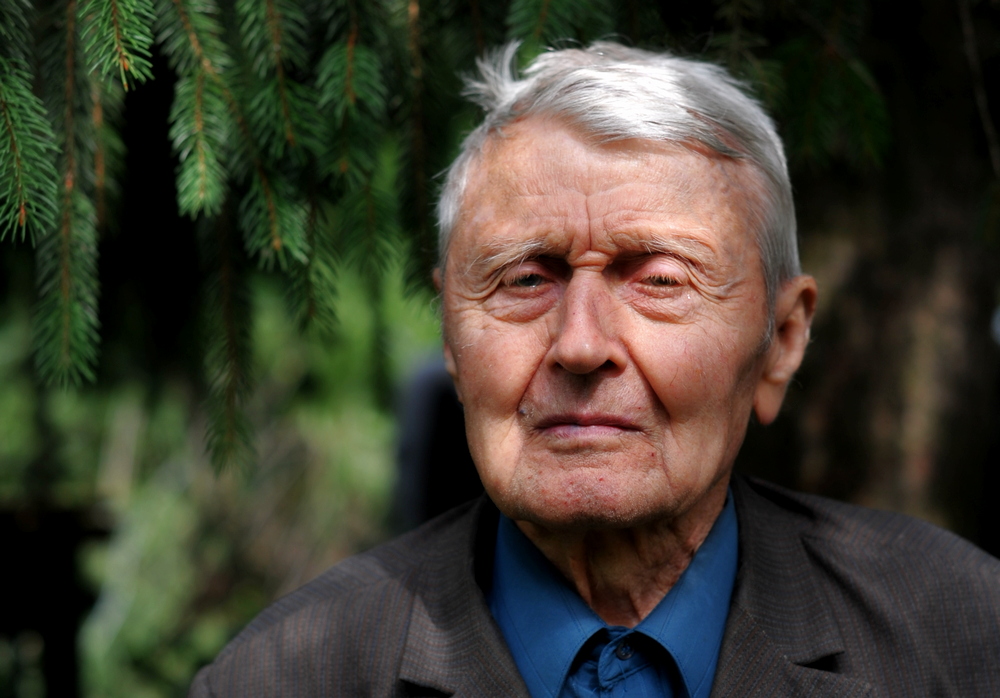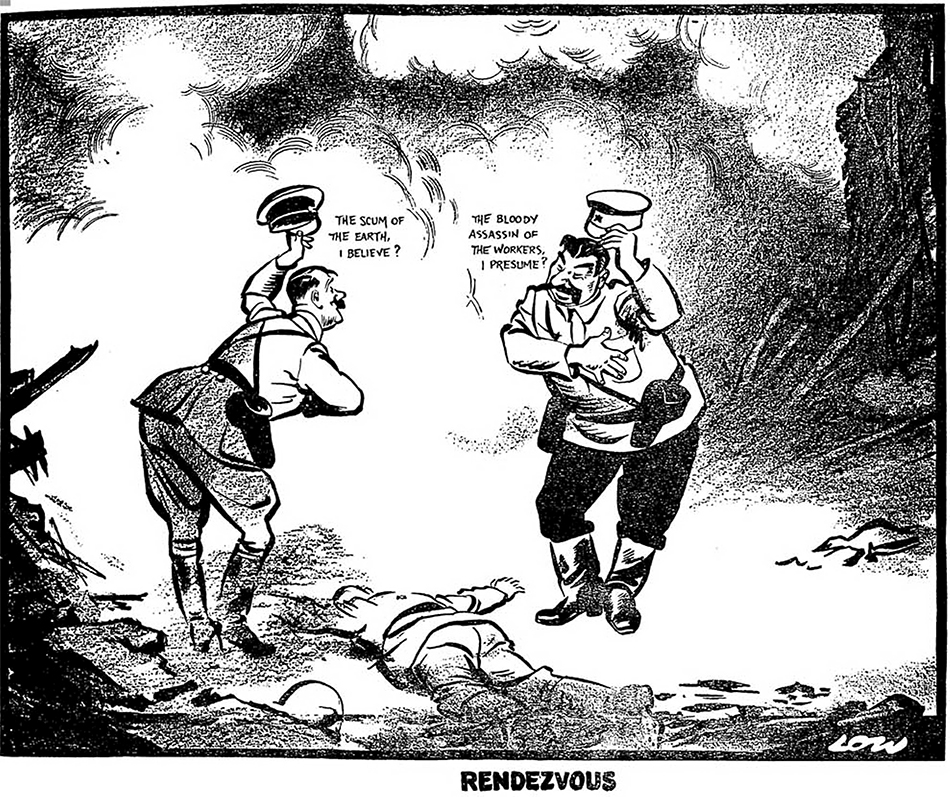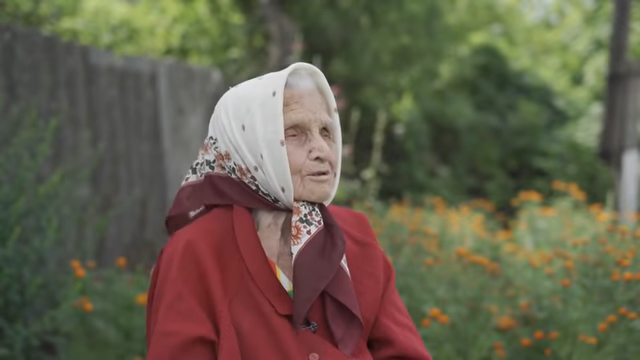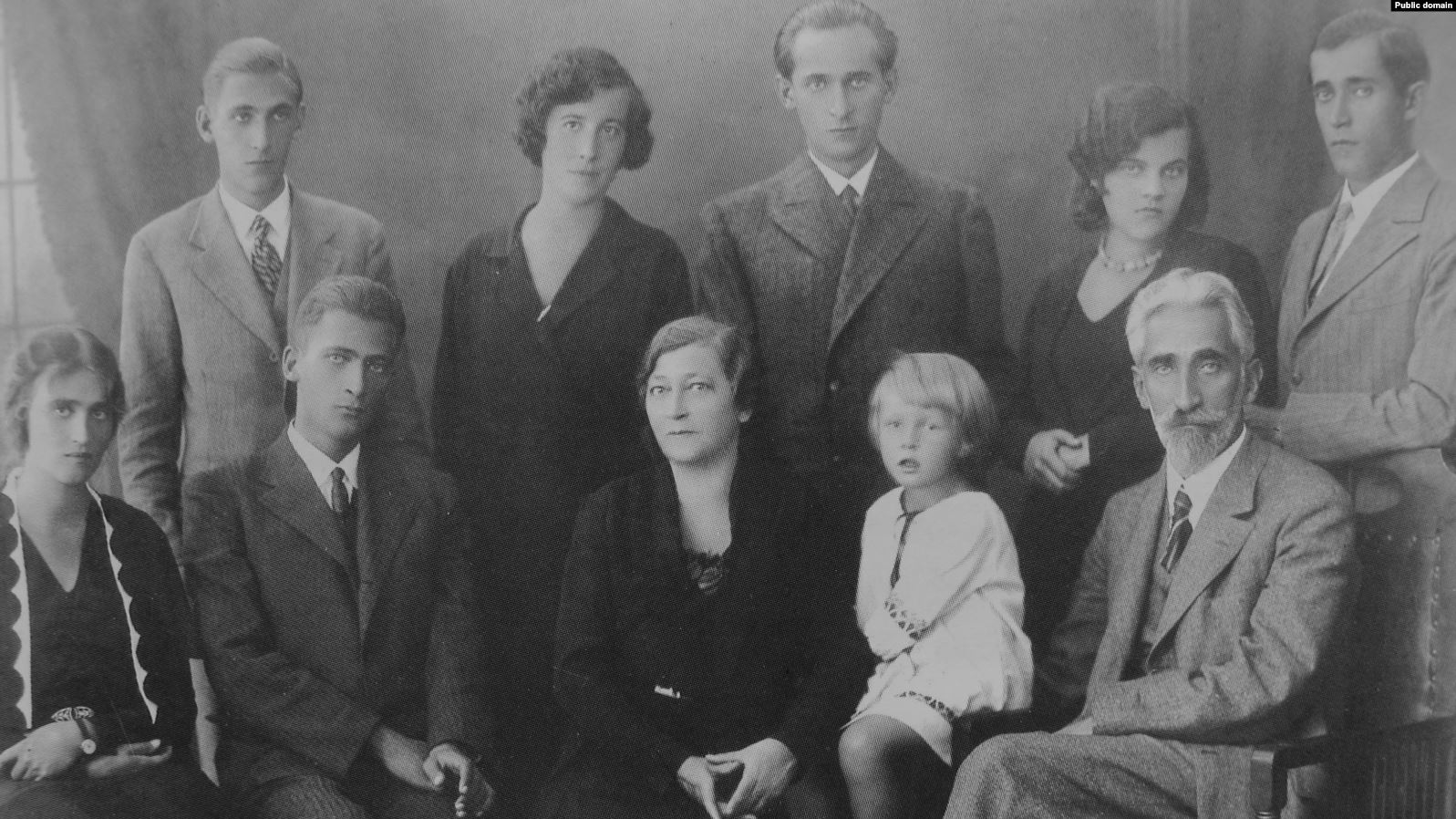Hryhoriy Shykyriavyi was a six-year-old kid from a poor family in 1932-1933, when his village was hit by the Holodomor, the genocidal famine of Ukrainians by the Soviet authorities, which killed millions. He recollects mass deaths of his fellow villagers and how his family survived off inedible horse sorel and some grains his father managed to find on a state-owned cropped field risking his life threatened by the Soviet draconian laws. His story is one of many eyewitness accounts gathered in the expeditions of the Holodomor Museum.
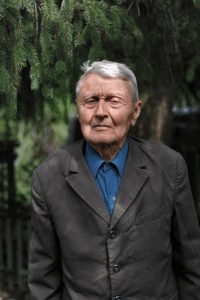
The Holodomor witness Hryhorii Shykyriavyi
The village of Haluzyntsi is situated in the historic Ukrainian region of Podillia, 18 kilometers from the rayon center of Derazhnia, 62 kilometers away from the regional capital of Khmelnytskyi. In 1927, the first-born son Hryhoriy was born into the family of shoemaker Ivan Hryhorovych Shykyriavyi and Motria Ivanivna Polishchuk. Today in his 90s, Hryhoriy Shykyriavyi is one of a few long-livers in Haluzyntsi, who remembers the Holodomor of 1932–1933 in his village and can give his first-hand account of this Soviet-organized genocidal famine.
Authorities classified Hryhoriy's family as poor, yet seized their food stocks
“When the collectivization started, my father was registered as the poor,” Hryhorii Shykyriavyi starts his story about the Holodomor chronologically, with the collectivization. “He had only about one and a half hectares of farmland. He was a shoemaker. If someone was able to pay him, he took their money, but if the person was poor, he repaired their shoes for free.”In 1929, the authorities established two TSOZs in his village, Partyzan (Guerillia) and Chervonyi Promin (The Red Beam). Those were merged together the same year into one kolkhoz or a collective farm. As Hryhorii recalls, his father didn’t want to join the kolkhoz because “people knew what kolkhoz was as they were forced to join it.” That’s why, according to the witness, the kolkhoz initially had not many peasants as its workers despite a wide agitation campaign carried out by Communist activists. So-called “dvatstiatypiatytysiachnyky” (twenty-five-thoudanders), communist workers from the large cities such as Moscow, Leningrad, Kharkiv, etc, were sent to Haluzyntsi to create the kolkhoz here. They were mobilized to carry out the complete collectivization and dekulakization of Ukrainian villages in 1929. This is how Bukhtiarov headed the newly-created Haluzyntsi kolkhoz and Lavryk became the secretary of the Communist party organization. The majority of these foreigners used acted methods to implement the policies of the communist totalitarian regime. For example, a group of 11 armed soldiers was deployed in Haluzyntsi in order to suppress the rebellious resistance to the collectivization and the establishment of the kolkhoz. Along with the collectivization, the citizens of the village were "dekulakized."
The witness recalls that an old man lived in the neighboring house, who produced canvas on his loom. The authorities dekulakized him as the “wealthy” and deported him. They gave the homes “cleaned” up in this way to their activists. Hryhoriy says that if such a house was divided into two halves they could even put two families of the activists in there. Some of the dekulakized managed to get back to their native village during the World War II. The witness also tells that his village saw a special “house for the communards" built, which later became a village community center. The communists were brought from the other cities, they settled here, married the local women, and thus stayed in the village. The tactic of the re-settlement, the enrooting of the foreigners, followers of the regime, helped the communist regime to expand their control of the population for decades.“First, they seized everything from landowners,” Hryhorii Shykyriavyi says. “And they took away the landowners themselves. Then they seized things from wealthy farmers. Whoever had something was labeled as a kulak and stripped of everything he had or “dekulakized,” and then they drove the kulaks away - these were deported too. Only those who had almost nothing remained. Those who had a little plot of land were forced to pay a grain tax. If you pay what they asked, they impose a larger tax to destroy you totally. It was 1932, everything was destroyed at that time. The grain was searched and taken away. It was the preparation for 1933.”
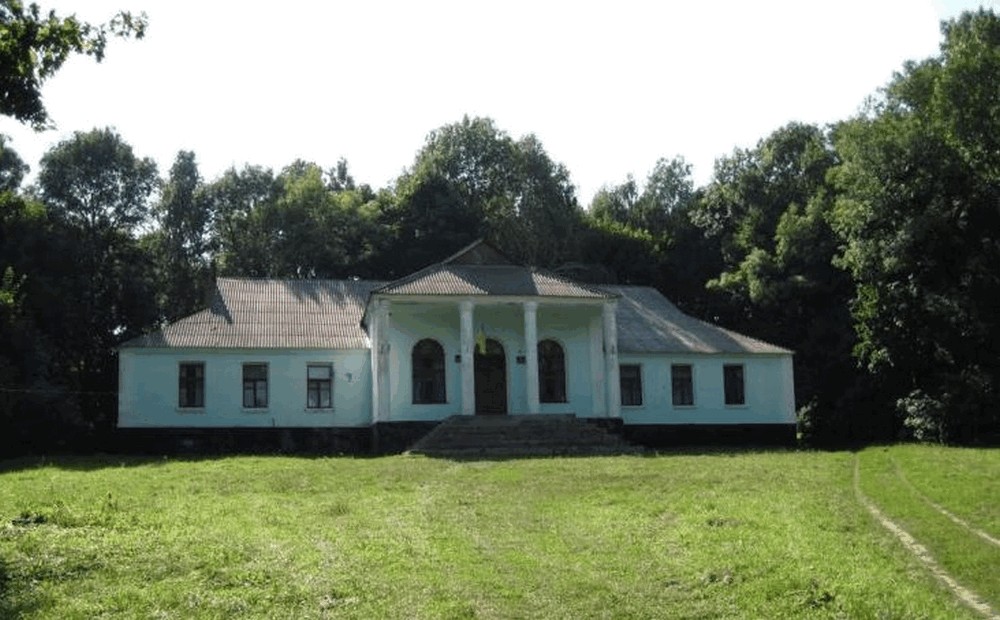
Communist activists carried out confiscations
Activists - locals and strangers from the so-called "raion communist active," carried out the dekulakization and searches in the households during the Holodomor, Hryhorii Shykyriavyi recalls,“The village was divided into six sectors. We don’t have a division of this kind now. There were several activists for each sector who walked door-to-door and swept away everything. My father later told me something that was prohibited to tell back then. But he secretly whispered to me that our sector had the most, as they said, nasty woman and two men as activists. They said that there was almost nothing in one home. Inside the oven - as children were sitting on its stove - was a pot with some millet and they took even it away. They were sweeping away everything back then.”For carrying the grain away, the activists used drays and horses. However, Hryhoriy claims that they didn't use kolkhoz horses but were rather taking the horses of individual farmers, who weren't kolkhoz members. The father of the witness happened to have a couple of horses,
“Three people come saying ‘Hitch up!’ and go somewhere in the village. They were coming to us - but that's it, we had given away everything, nothing was left. So they were taking our dray and my father to drive it and carry what they would take away elsewhere. Among the activists were Kashchuk and Antonko, who were those ordering my father to hitch the horse. On their way, a roadman used to join them and they together were going across the village. There was also a female activist coming to us, her name was Yavorshynka. She was told to be the nastiest of the activists in the village. Then one night someone went and stabbed her to death, cutting her into pieces. Those who did it were soon tracked down and tried.”
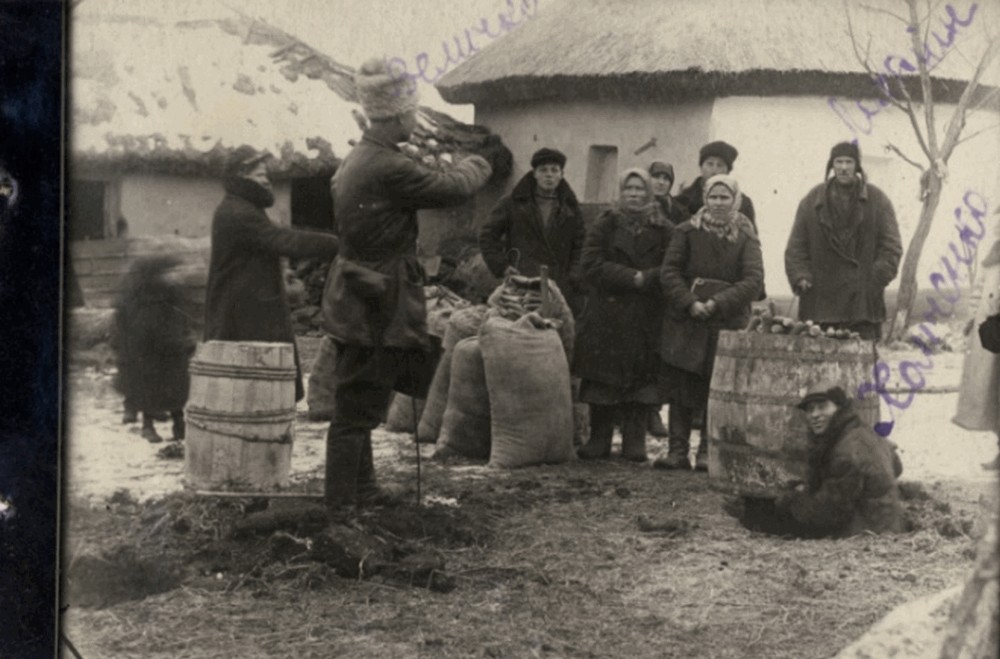
“That man buried his grain in the graves. He put it this way, 'When a saw a new grave, I dug out there and hid the grain there. No one would search it there.' And this was the way he survived. And in homes, the activists poked everything with a stick; they searched all round.”This shows how the genocidal Holodomor forced the Ukrainians to break the moral, traditional, and other taboos for their survival.
The family survived on food surrogates and picking up leftover grains on a kolkhoz field
Hryhoriy, who was six in 1933, recalled how his two-year-old brother screamed refusing to eat the surrogate borshch: normally, the traditional rich cabbage or sorrel soup with meat and vegetables - in their case it had nothing but horse sorrel in it and was so acrid that every spoonful of it made your tongue numb and you had to wait until the numbness subsided to have another bite.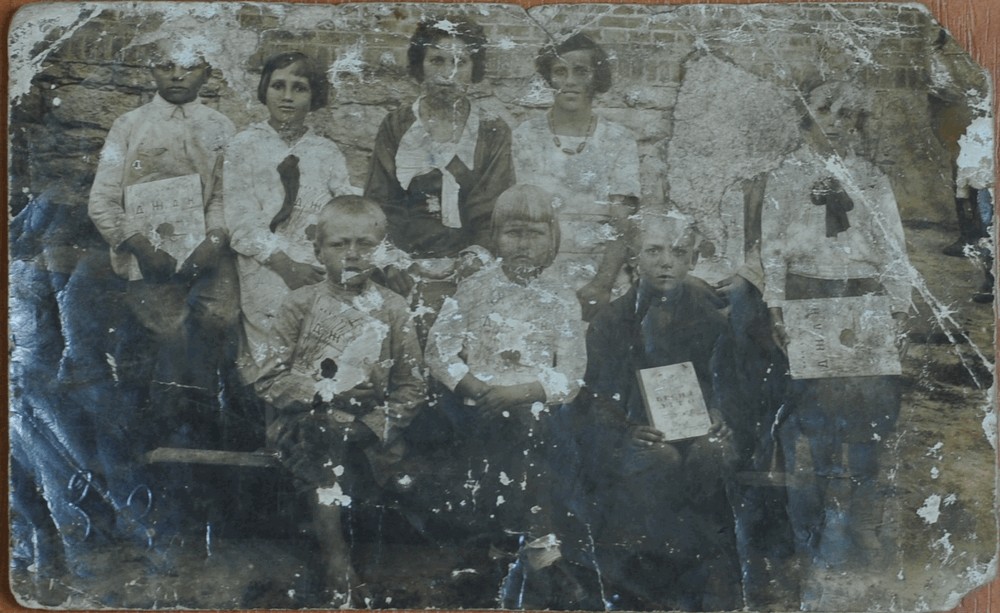
My neighbors escaped starvation by eating grain stored by field mice | Voices of Holodomor witnessesHryhorii Shykyiavyi told how his father, risking his own life and in violation of the criminal Soviet “Five Grain Ears Law,” regularly visited the cropped field, formerly his own and at the time belonging to the kolkhoz. His father often returned from his dangerous errand without finding even one single ear of grain. Sometimes the head of the family managed to collect some grain to feed his loved ones. To make matters worse, the third child - a daughter - was born in 1933. The collected grain had to be ground to make them into some kind of food. And the Soviet authorities outlawed even grinding at home.
“They launched the campaign to destroy the millstones. One day I went outside and saw my father leading the horses from the road. An activist entered the house of our neighbor, Oleksa. I hid in our house, where we had a handmill set. My father quickly trotted inside, broke some things, put them on top of the millstone, thoughtful of what he could do. He took one of two millstones, smashed it apart in two halves, grabbed one stone under one arm, another one under his second arm as if it was two smaller stones. Oleksa brought out his handmill to give it away, and they came to us. So, the father took out this one broken stone as if there were two. This way, he saved the second stone. And then we make another one for it and were able to grind grain again.”
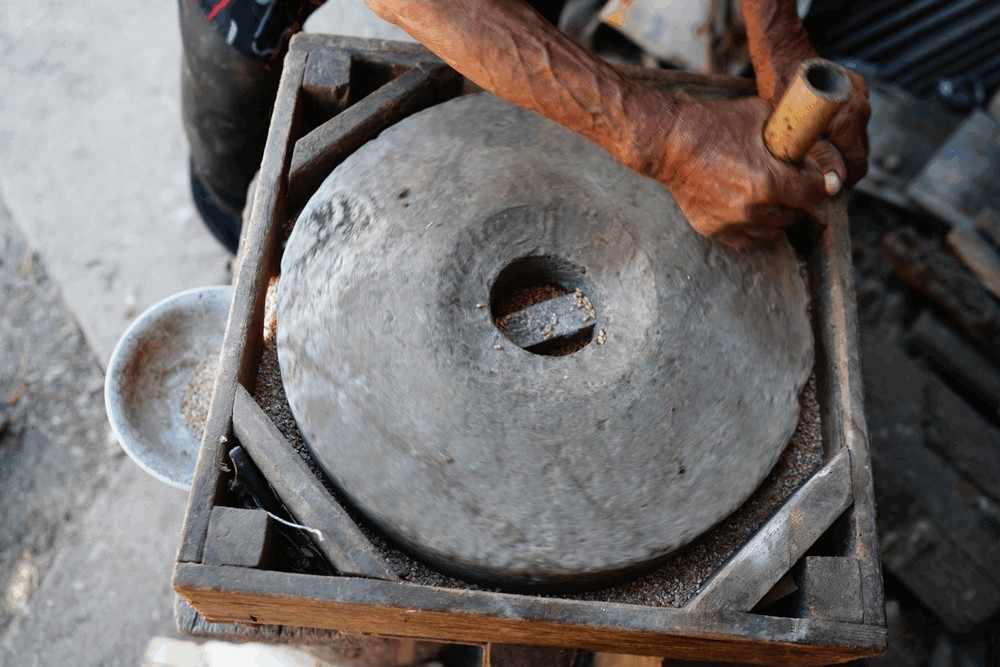
“One day, there were twelve dead people, and the church hell ringer said that his arm was aching after ringing too much then”
The picture of the mass deaths of his fellow villagers during the Holodomor is imprinted forever on the memory of the Holodomor witness, Hryhorii Shykyriavyi.“Our street was a passage used to bring the dead to the cemetery. I went out and saw how one person led the horses with a dray with only two people walking behind, and no one around. And sometimes he walked alone. Sometimes, only children survived while their parents died. There was a cemetery. Now, a road is there up higher, but back then the road was deep in the ground, paved long ago with small stones, with larger stones on its sides. And further down, there were the cemetery gates. A man lived in the last house, nearest to the cemetery. Back then, it was prohibited to talk about it, but when the Germans came (in WWII, - Ed.), this man said that when he was going out early and looked down, he could one or two dead bodies lying there near a stone. Those crawled there themselves to die there. Sometimes, the dray arrived carrying the dead, and the pit to bury them occupied. By those who had managed to crawl there."
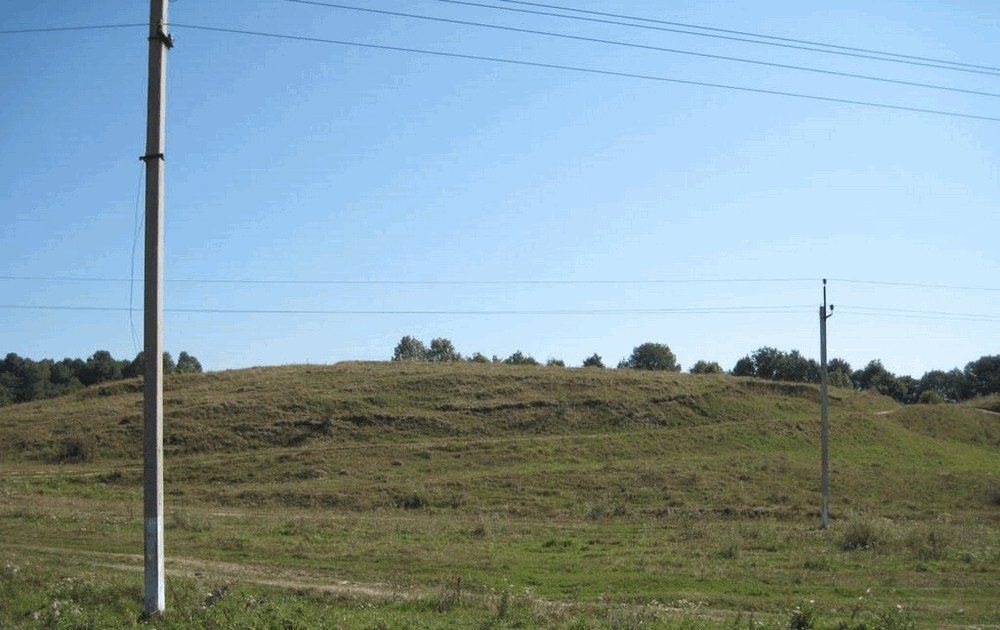
“My neighbor - he was born in 1927 too - his grandad was a bell-ringer in the church. When somebody died, the church bells tolled for the deceased. So, his grandfather told him that one day there were twelve dead people. He said that his arm was aching after all the ringing. That’s how [many] people died.”
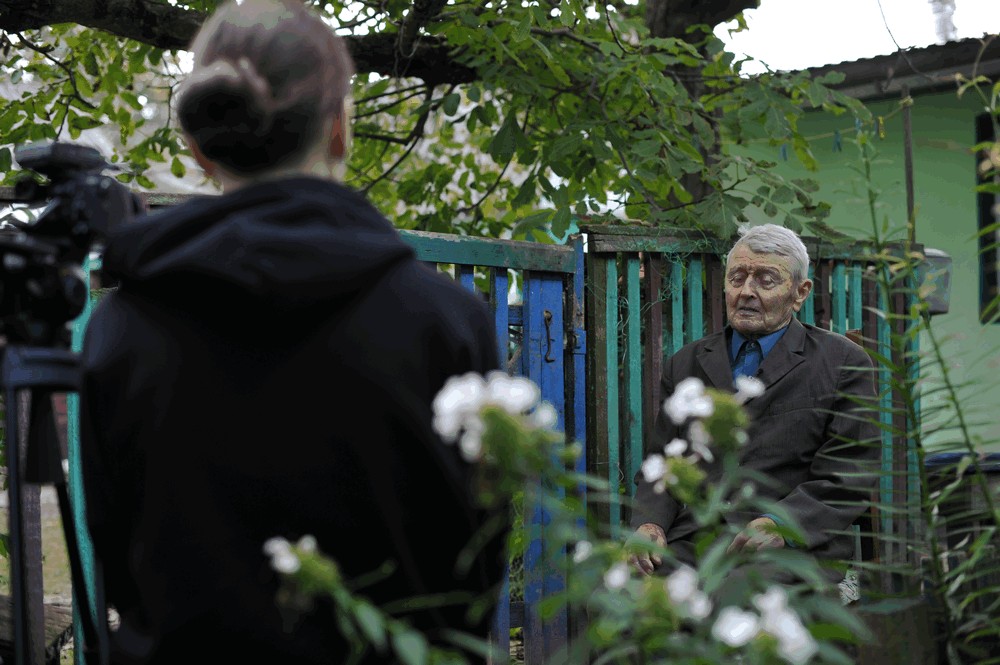
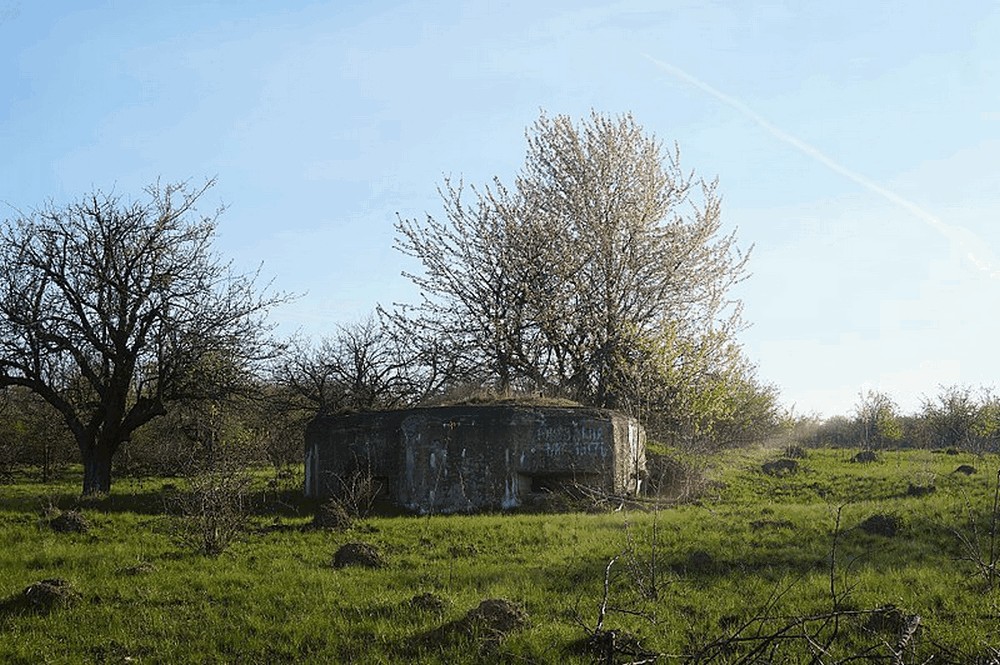
Western Ukraine saved Hryhoriy's village in the next Soviet man-made famine of 1946–1947
As an adult, Hryhoriy Shykyriavyi also survived the post-WWII mass man-made famine of 1946–1947. The western regions of modern Ukraine didn't suffer from the Holodomor as they weren't part of the USSR, and after World War II, the USSR unified these regions with the Ukrainian Soviet Socialist Republic. Hryhoriy's village was close to Western Ukraine, so the citizens of the village managed to survive by bartering some clothes for food in the newly annexed territories not yet devastated so much by the Soviet economic policies,“There was a disaster in 1946, a poor harvest in Romania, a hunger. We send 16 trainloads of wheat, but our own people were dying. But now Ukraine was saved by Western Ukraine since not everyone was in that kolkhozes yet there. People lived there well, so everyone was going there, the majority of the people. They brought something for an exchange, some clothes to buy something. Later on, they were laughing that the father sold a cow and went to Western Ukraine and bought three poods of corn (pood equals 16,38 kilograms). For the whole cow!”The witness recalls that as some were putting their lives at risk by traveling to Western Ukraine, others were profiting off them: thieves tried to rob those who were on their way back home with grains.
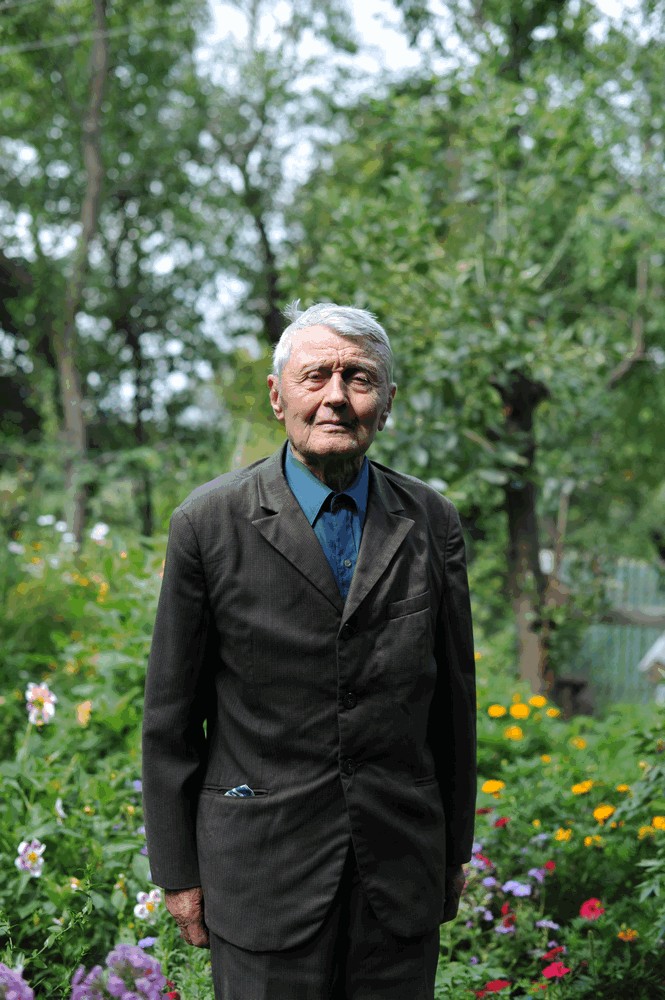
“There was a drying facility in the village's valley... From all quarters, they brought potatoes there. The potatoes were stored there in kahats (piles covered with straw or soil, - Ed.). It was before the war. And when the war came, these potatoes didn’t rot in the kahats, but kind of got deeper in the ground as over it people walked and drove. The potatoes turned into starch. As I heard, one woman knew where this potato was. So in 1947, she told about it and they dug up and distributed that starch to eat it. As one kahat was out, she found another one, then the third. This was the way they survived on this starch.”
Holodomor in Kharkiv through the lens of Austrian engineer: photo galleryHryhorii Shykyriavyi survived the Holodomor at the age of 6 and the mass artificial famine of 1946–1947 at the age of 20. The memories about these events remained in his memory for life,
“Back then, I didn’t understand that 1933 was a famine. They said that the harvest was poor, or the weather was bad. But at the same time, everybody said that the harvest was good. We did have the harvest. But it was just exported. And they surrounded Ukraine on its borders. Molotov later confessed that the famine was made artificially by gathering all the lazy people, drunkards, and using them.”
Further reading:
- My family survived Holodomor by eating waste left from sugar production | Voices of witnesses
- An Austrian engineer showed these Holodomor photos to Cardinal Innitzer in 1933, pleading for aid to the starving
- Surviving in the “collective farm paradise”: voices of living Holodomor witnesses
- How my father saved his co-villagers from starvation during the Holodomor
- My neighbors escaped starvation by eating grain stored by field mice | Voices of Holodomor witnesses
- “Let me take the wife too, when I reach the cemetery she will be dead.” Stories of Holodomor survivors
- Stalin’s management of Red Army proves Holodomor a Soviet genocide against Ukrainians
- Holodomor, Genocide & Russia: the great Ukrainian challenge
- Bread from tree bark and straw: students launch online “restaurant” with Holodomor “recipes”
- Ukrainian Holodomor Museum launches crowdfunding campaign to create main exhibition
- So how many Ukrainians died in the Holodomor?
- Holodomor in Kharkiv through the lens of Austrian engineer: photo gallery
- Holodomor survivor stories come to life in mobile app for tourists
- Holodomor: Stalin’s punishment for 5,000 peasant revolts
- Engineer Wienerberger’s unknown photographs of the Holodomor

